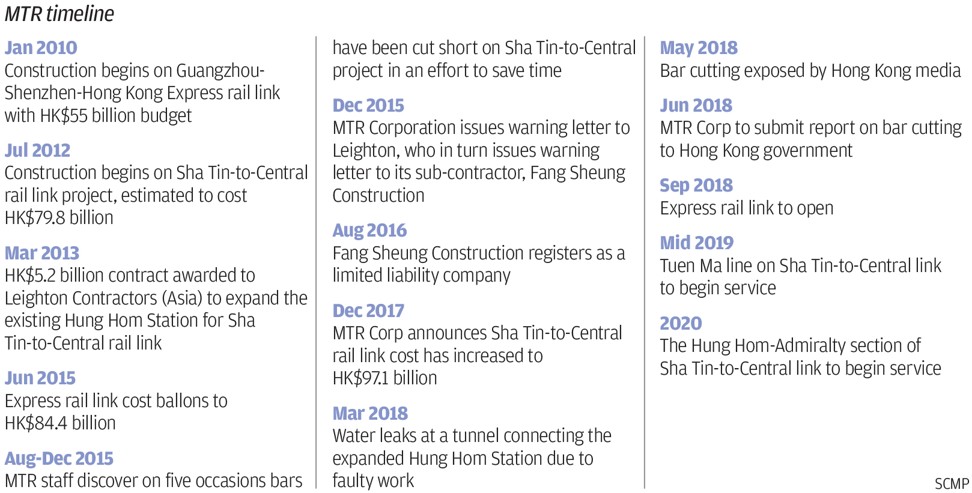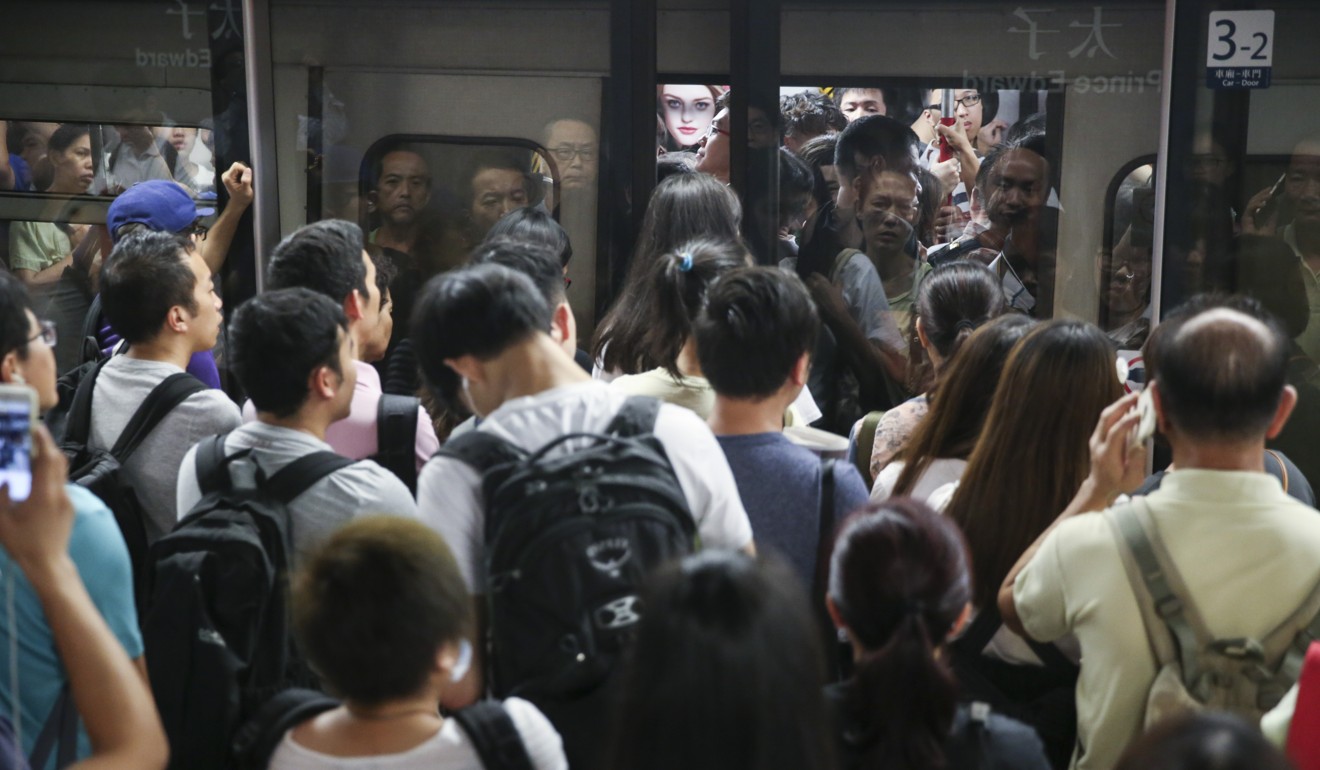
Why is firm behind Hong Kong’s MTR system, known for being reliable and world-class, having a crisis of confidence?
A steel cutting scandal, allegations of management-led cheating in internal exams and hiccups in testing the cross-border high speed rail link have all put strain on rail company in recent weeks
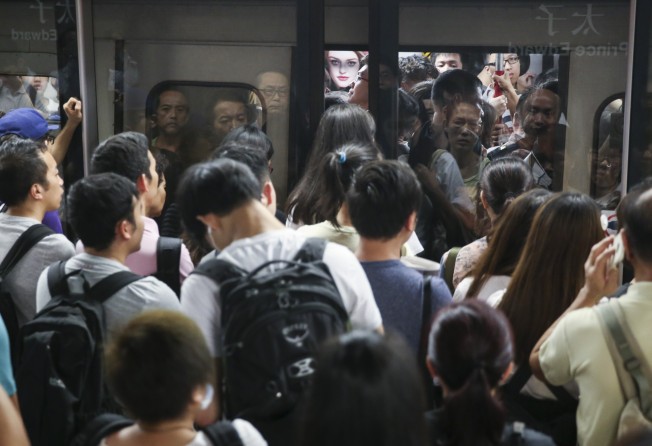
Hong Kong’s MTR Corporation, one of the most profitable rail firms in the world, has become embroiled in a series of scandals, with one issue after another piling pressure on management.
In the past few weeks, several pieces of bad news, some still unfolding, have plagued the corporation including a steel cutting scandal at Hong Kong’s most costly rail project, allegations of management-led cheating in engineers’ internal exams and hiccups in testing the cross-border high speed rail link.
The chairman of the semi-privatised rail firm, Frederick Ma Si-hang, attempted to snuff out the crisis by urging the public and investors to have faith in the management, but their confidence was put to the test as fresh controversies emerged.

Engineer Albert Lai Kwong-tak, the founding chairman of independent think-tank Professional Commons, said public confidence in the MTR Corp’s projects was in limbo.
“The company is in a public confidence crisis,” Lai said. “The nature of the recent scandals is different from previous problems. This time it’s about integrity,while previously they were about cost overruns and delays which could be fixed through time and money.”
Pro-government lawmaker Michael Tien Puk-sun said the “attention grabbing” scandals were the products of an unfortunate event and maladministration.
The unfortunate event he was referring to was Ma asking the public last month to have faith in the corporation’s management, with the chairman saying, “If we tell you it’s OK then it is, there is no need to worry,” in response to media pressure for more details on the derailment of an express rail carriage during trials in April.
A week later, a subcontractor was found to have cut corners in the HK$97.1 billion (US$12.4 billion) Sha Tin-Central link project, Hong Kong’s most expensive railway.
While the market was digesting that scandal, there were media reports alleging that senior staff provided answers to engineers sitting internal tests and offered tips for amendments. The MTR promised to investigate the allegation.
Tien said when Ma made his comment, he could not have foreseen more dirt flying towards the company as the shoddy work was not reported to the board.
“It clearly shows the board was not in the driver’s seat with full control,” he said.
After seeing his “OK” comment backfire, Ma attempted to deflect criticism by jokingly blaming hot weather or a missed morning prayer for his words.
News of the corner-cutting scandal sent shock waves through the MTR Corp, which had a solid near 40-year record of building and operating railways in the city and about a decade’s experience of running rail services in Europe. The company, whose market capitalisation stood at HK$267 billion (US$34.2 billion) as of Friday, made a net profit of HK$16.8 billion in 2017.
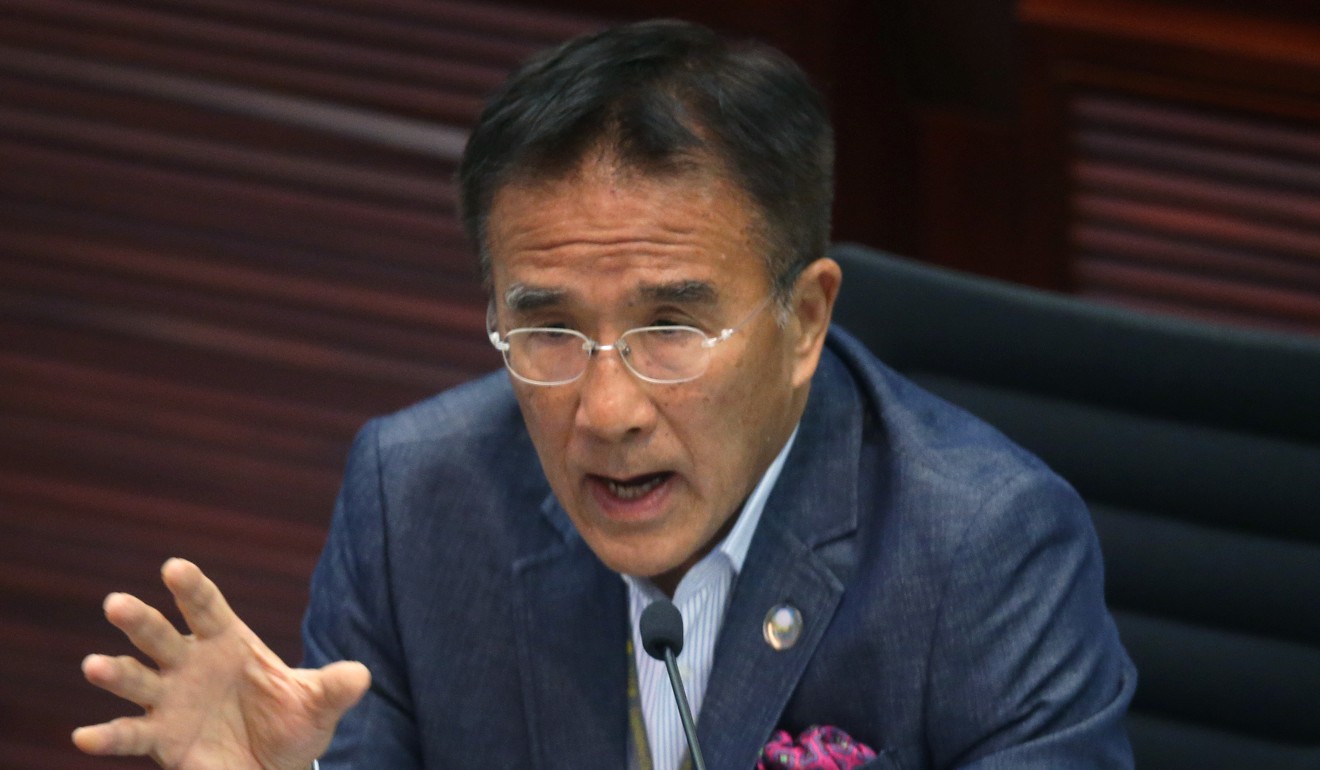
The scandal centred on the installation of steel bars used for building a platform beneath Hung Hom station. On five occasions between August and December 2015, corporation staff found the steel bars were cut to make it seem as if they had been screwed correctly into couplers, when they had not.
Last Wednesday, MTR projects director Philco Wong Nai-keung said no evidence had been found on-site to indicate whether the bars were cut intentionally or by mistake, who did it and why. But the following day, he said it was workers of subcontractor Fang Sheung Construction who had cut the bars for convenience. He would not say how many steel bars and couplers were involved, nor whether MTR Corp staff had checked that all the couplers were screwed in properly, pending findings of a report to the government at the end of this week.
Main contractor Leighton Contractors (Asia), which hired Fang Sheung for the steel work, has yet to comment on the scandal.
In response to maladministration allegations, an MTR Corp spokesman said the project management systems and procedures had been in place for more than two decades.
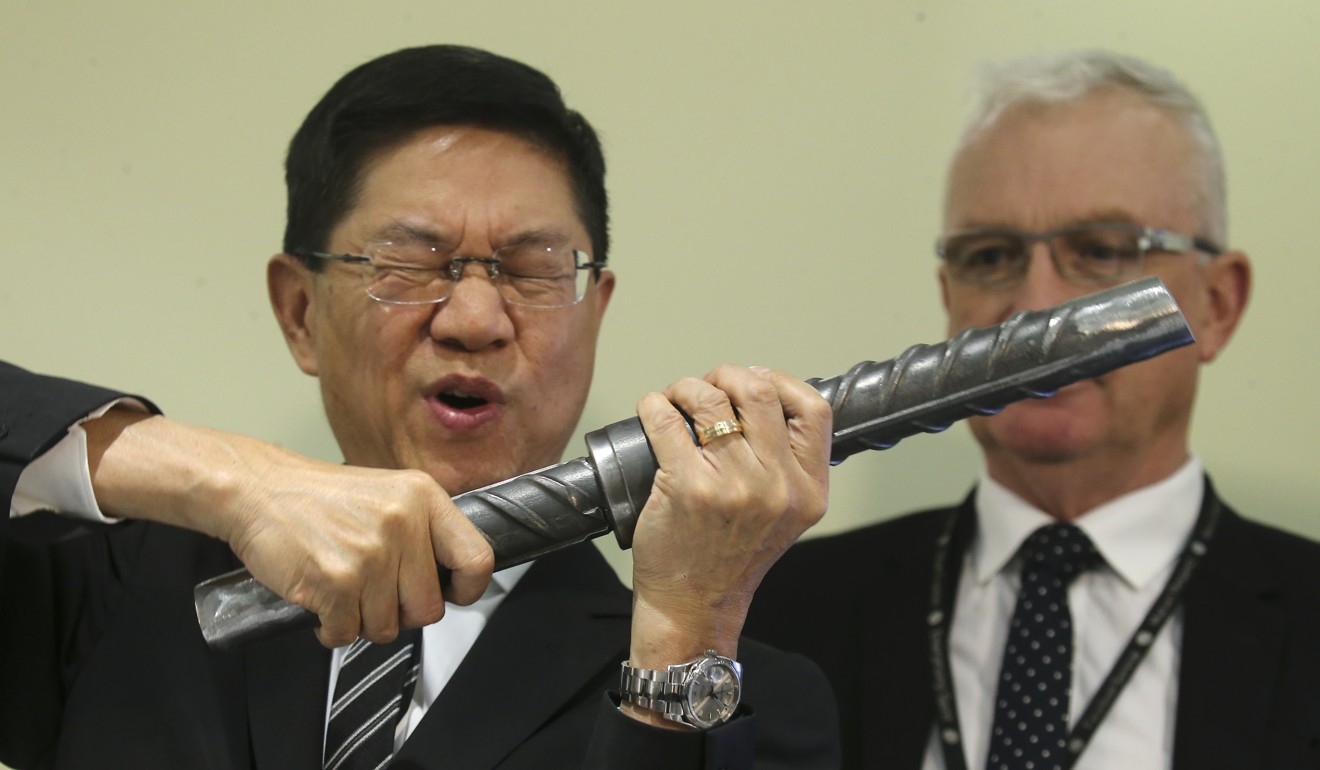
On the platform scandal, he said the company was dealing with “the matter very seriously” and would take “robust legal action” if any breaches of the law or contract were found.
He added that it was “not uncommon” that rectification work was done during construction.
The problem was fixed in 2016, but safety concerns linger.
“Cutting steel bars in this case is certainly not good practice. It is unheard of,” Hong Kong Construction Association president Allan Chan Sau-kit said.
Tien raised concerns over the MTR Corp’s internal controls, questioning whether staff had inspected all 26,000 couplers before signing off to allow concrete to be poured.
The MTR Corp said three supervisors – two from the firm and one from Leighton – had to clear the steel work before concrete could be poured. The MTR Corp confirmed this was done at the platform in question, but declined to say whether it had inspected all the couplers, which it deemed to be Leighton’s responsibility.
But in an earlier blunder exposed by the media in March, the MTR Corp admitted that the companies’ supervisors failed to sign off on similar work at a tunnel near Hung Hom station before concrete was poured. This was not reported to the MTR Corp’s senior management, and came to light when water leaked through the tunnel wall. Eventually, the wall was torn down.

In 2016, the MTR Corp admitted that senior technical staff failed to tell the board about quality issues over an aluminium alloy used by mainland China manufacturer CRRC Sifang, which had made faulty trains for Singapore. The mainland firm ending up winning a contract for 93 trains for the MTR’s HK$84.4 billion high speed rail link.
Lai said the government, which owns 75 per cent of the MTR Corp and appoints senior government officials to the board, had a “conflict of interest when regulating the firm”.
“Unless the scandal is reported to the police, who can access internal documents of parties in question, I doubt any government-appointed investigation will yield any meaningful outcome,” he said.
Tien suspected the mega rail projects were too big for the MTR Corp to tackle.
“It has taken on two mammoth projects,” he said.
Ma, perhaps, needs more morning prayers to help the MTR Corp ride out the crisis.
